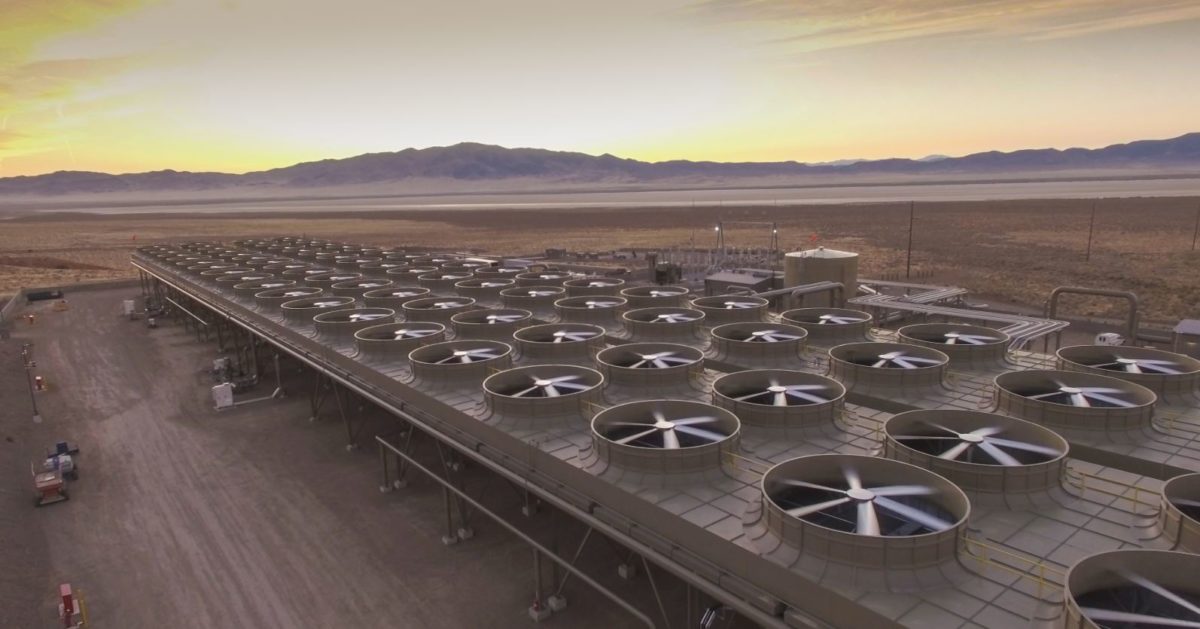The Bureau of Land Management is reviewing whether to approve a solar power plant, the Tungsten Mountain Solar Project, to complement an already existing geothermal plant. The plan is to develop up to two 9 MW-DC plants and a short transmission line (gentie line) connecting the solar facility to the geothermal component.
The project is available to be commented on for fifteen days following the November 29 posting date through December 14.

The purpose of the solar project is to allow project owner Ormat to maximize the energy produced by the Tungsten Mountain Geothermal Unit. The geothermal plant has a power purchase agreement signed with the Souther California Public Power Authority.
The PV projects will feature 335W, 72 cell solar modules mounted on single-axis trackers. The installation will be composed of 844 kW blocks, made up of 2,520 modules each. Ten blocks will make up each of the two plants. The site will use 2.5 MW inverters.

The report delves very deep into the construction processes, equipment used (see above list) and the environmental impacts. Construction is expected to last 6 months per 9 MW phase, and will use between 50-60 people per day. Approximately 130 acres of land will be disturbed and cleared during the installation process.
Per the report, net vegetative production could potentially be increased under the PV arrays. Soil temperatures are expected to be lower under the panels due to the shade the panels create, which could have a positive effect on the available soil moisture under the panels due to decreased evaporation. Also, the panels could reduce wind speeds through the area, further slowing evaporation and the release of fugitive dust. Periodic washing of the panels would increase available soil moisture in the project area.
Recent research in the field supports this position.
The Ormat Technologies owned geothermal facility is 24 MW. The facility came online in December of 2017. The power plant is expected to generate approximately $15 million in average annual revenue.
The solar facility is not designed to feed into the local power grid, and is not included in the power purchase agreement – but instead is to be used to balance out most, possibly all, of the facilities parasitic electricity load.
This content is protected by copyright and may not be reused. If you want to cooperate with us and would like to reuse some of our content, please contact: editors@pv-magazine.com.









By submitting this form you agree to pv magazine using your data for the purposes of publishing your comment.
Your personal data will only be disclosed or otherwise transmitted to third parties for the purposes of spam filtering or if this is necessary for technical maintenance of the website. Any other transfer to third parties will not take place unless this is justified on the basis of applicable data protection regulations or if pv magazine is legally obliged to do so.
You may revoke this consent at any time with effect for the future, in which case your personal data will be deleted immediately. Otherwise, your data will be deleted if pv magazine has processed your request or the purpose of data storage is fulfilled.
Further information on data privacy can be found in our Data Protection Policy.